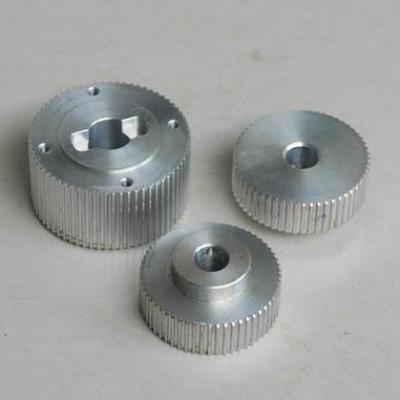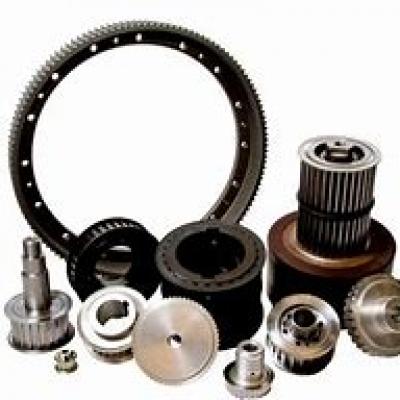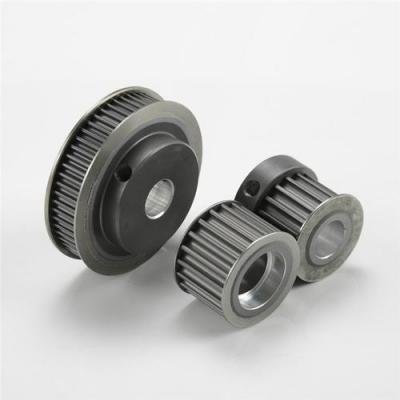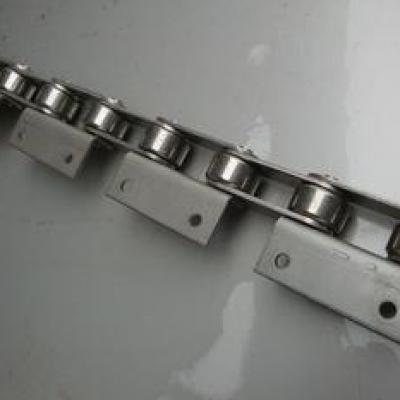gear drive
Among various transmission forms, Gear transmission is the most widely used in modern machinery. This is because the gear transmission has the following characteristics:
1) High transmission accuracy. As mentioned earlier, belt transmission cannot guarantee an accurate transmission ratio, and chain transmission cannot achieve a constant instantaneous transmission ratio. However, the transmission ratio of modern commonly used involute gears is theoretically accurate and constant. This is not only a key requirement for precision machinery and instruments, but also an important condition for reducing dynamic load and achieving smooth transmission under high-speed and heavy-load conditions.
2) Wide application range. The transmission power range of the gear transmission is extremely wide, from 0.001W to 60000kW; the peripheral speed can be very low, and can be as high as 150m/s, which is difficult to compare with belt transmission and chain transmission.
3) The transmission between any two shafts in spaces such as parallel shafts, intersecting shafts, and staggered shafts can be realized, which is also impossible with belt transmission and chain transmission.
4) Reliable work and long service life.
5) The transmission efficiency is relatively high, generally 0.94~0.99.
6) The manufacturing and installation requirements are high, so the cost is also high.
7) The requirements for environmental conditions are strict. Except for a few low speed and low precision cases, it is generally required to be placed in the box cover to prevent dust and scale, and also needs to pay attention to lubrication.
8) Not suitable for transmission between two shafts far apart.
9) Vibration damping and impact resistance are not as good as belt drives and other flexible drives.





